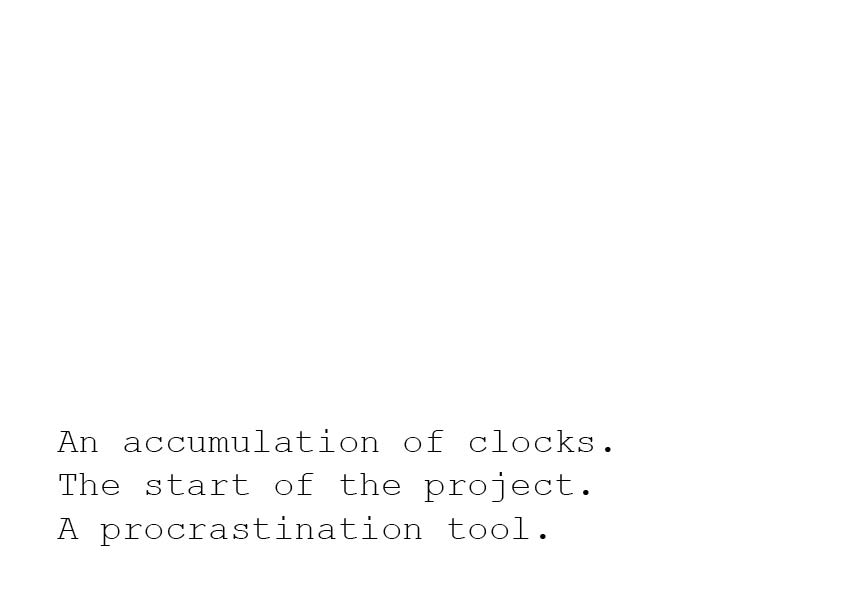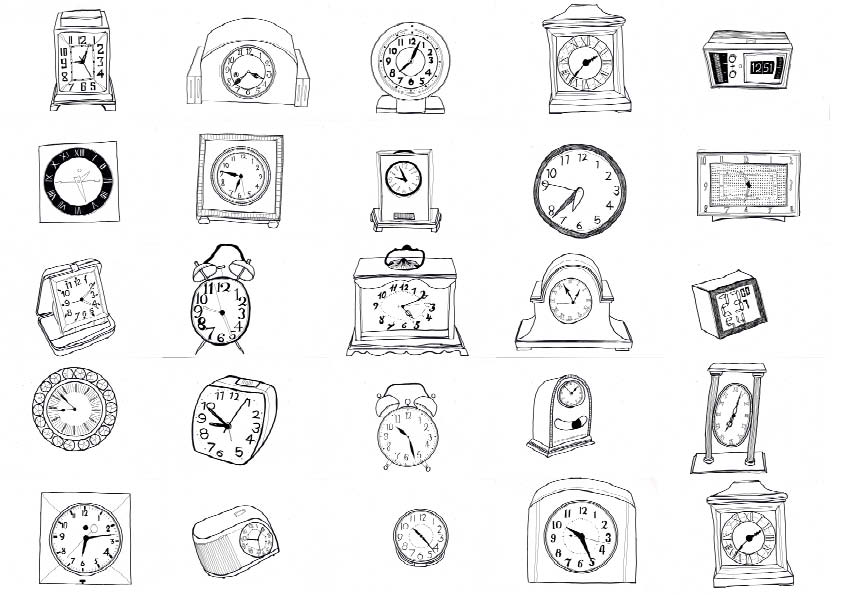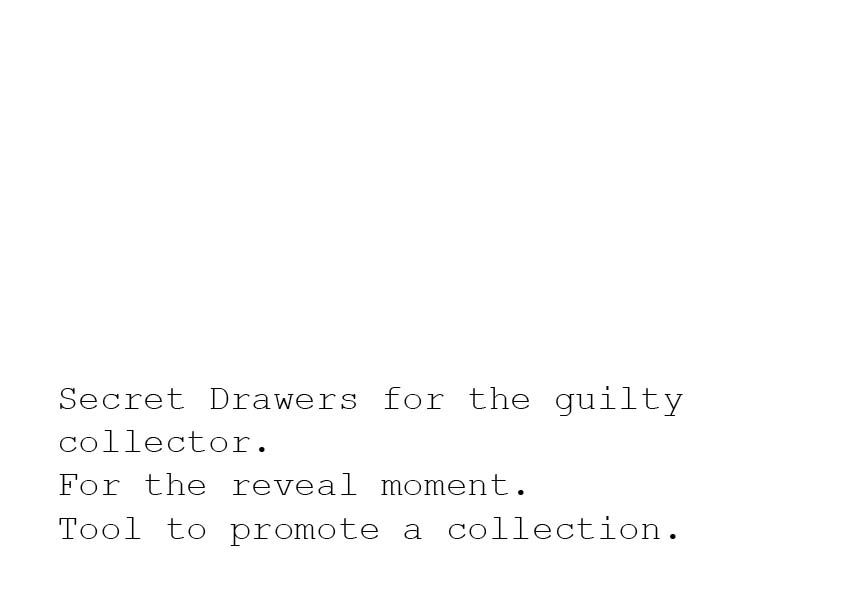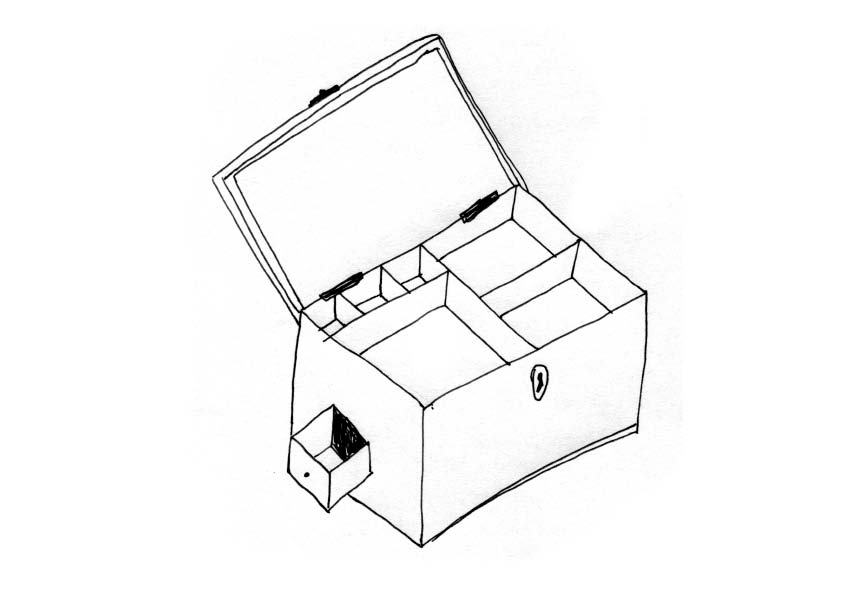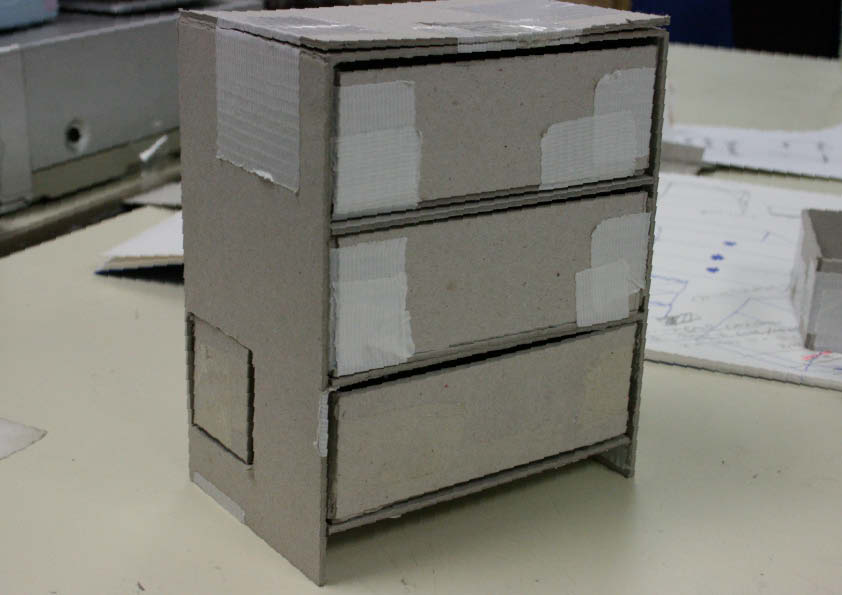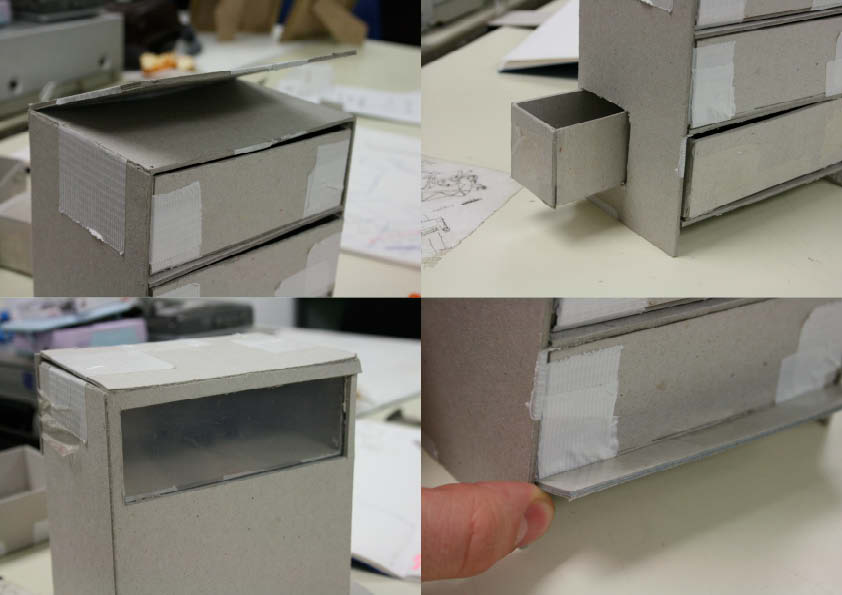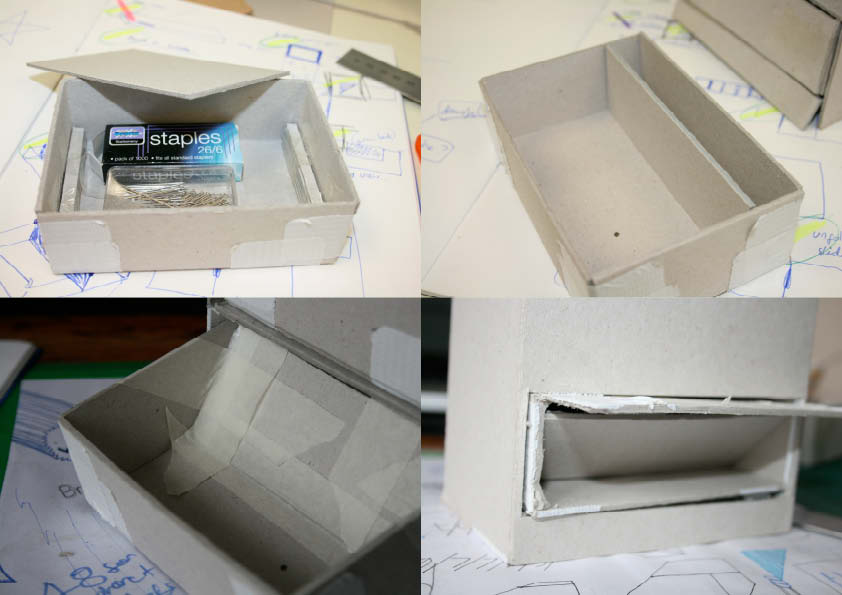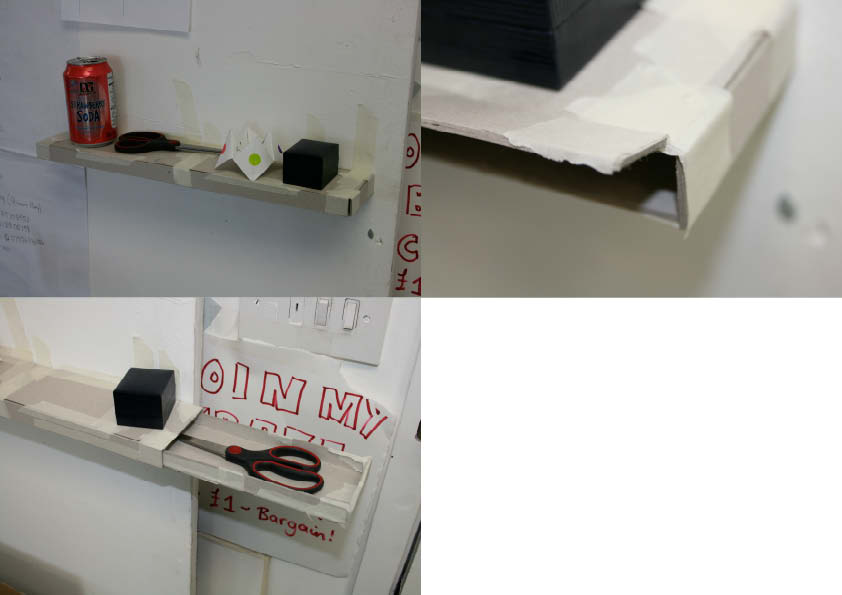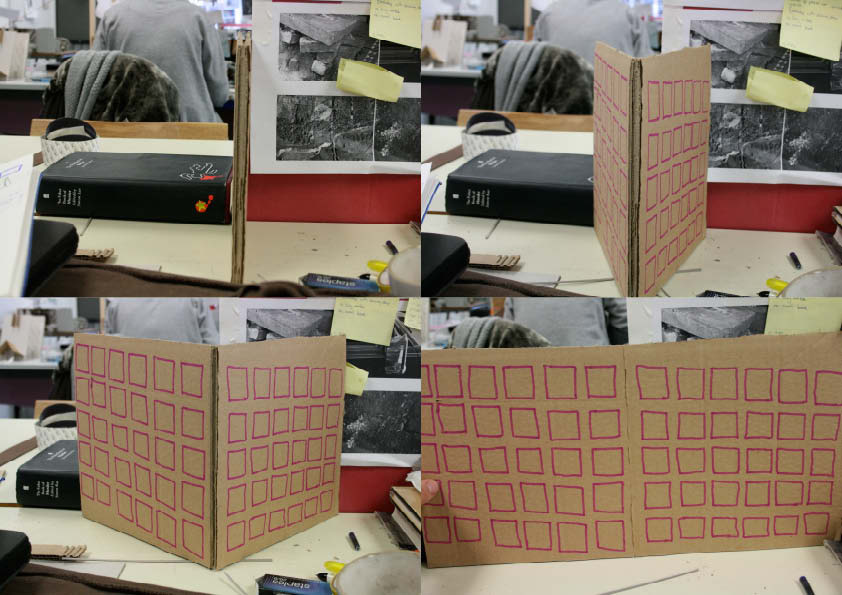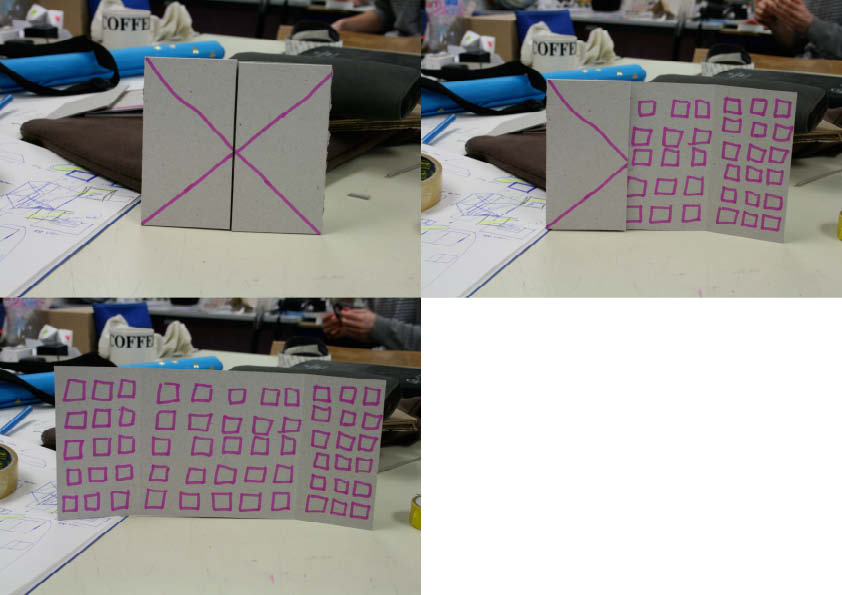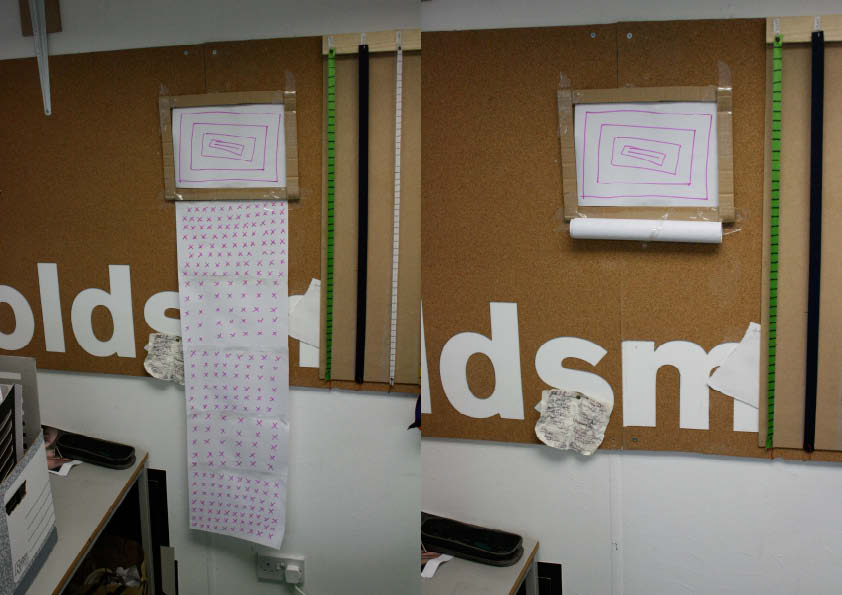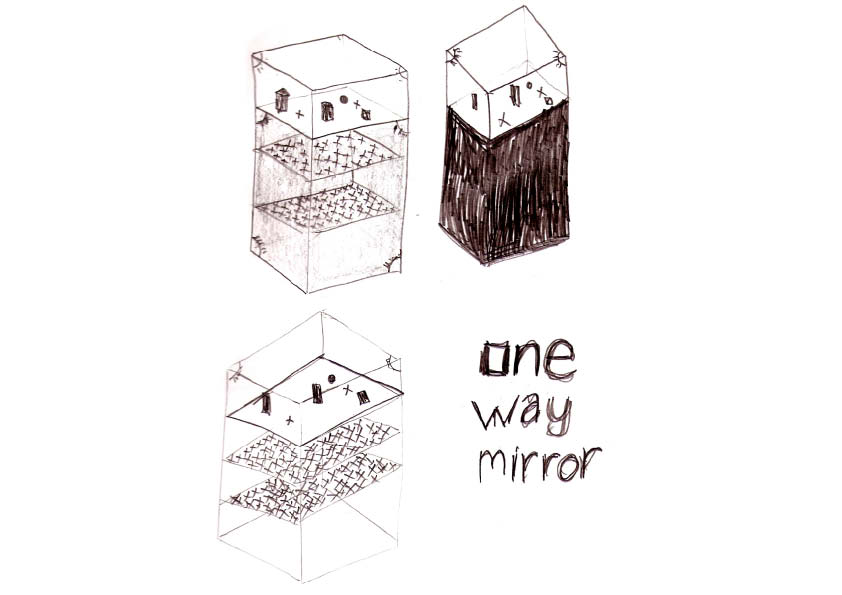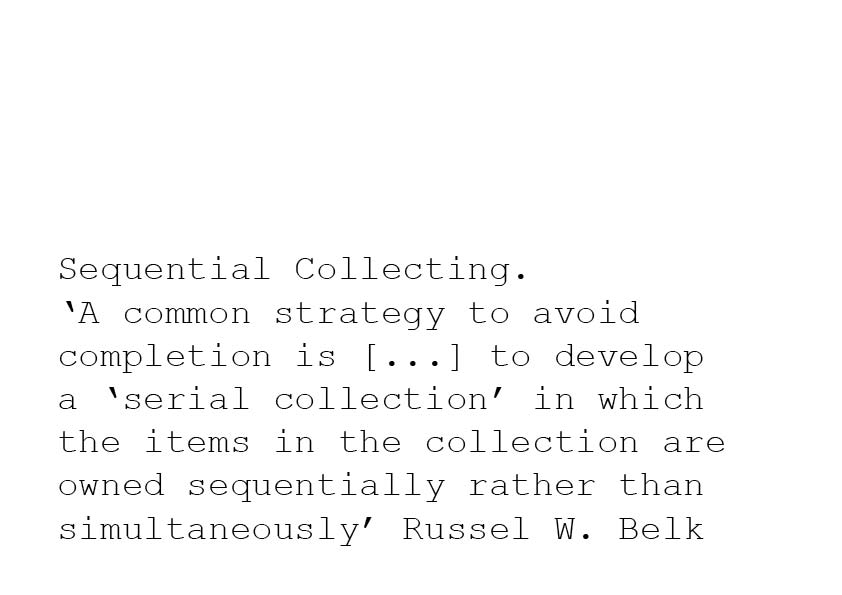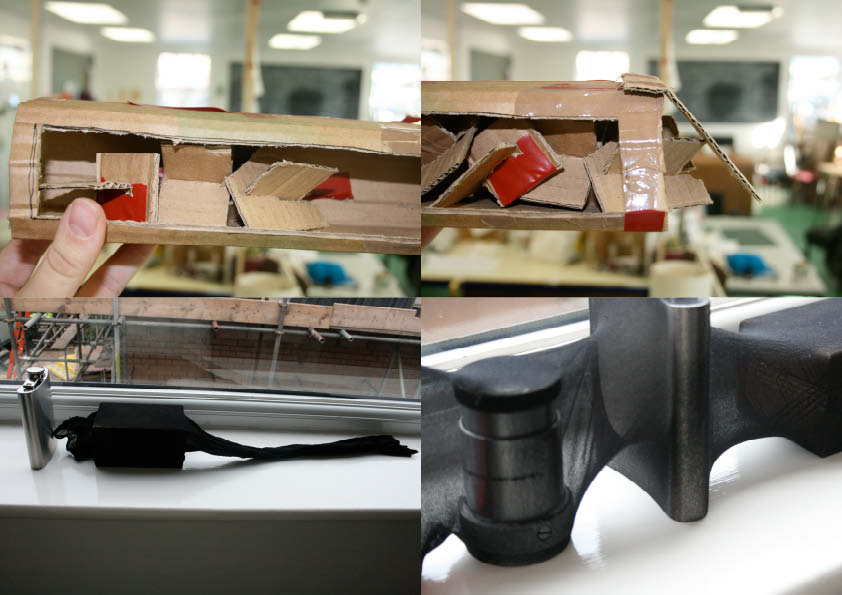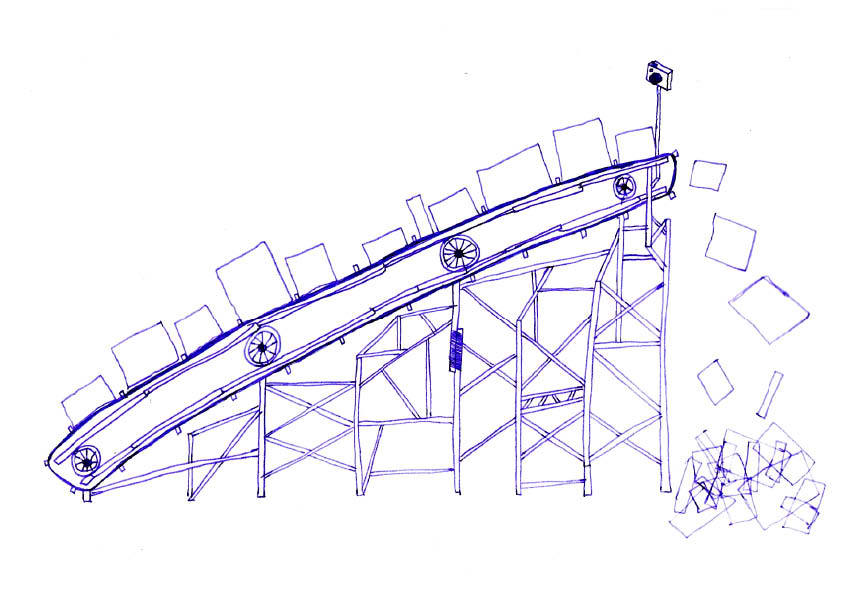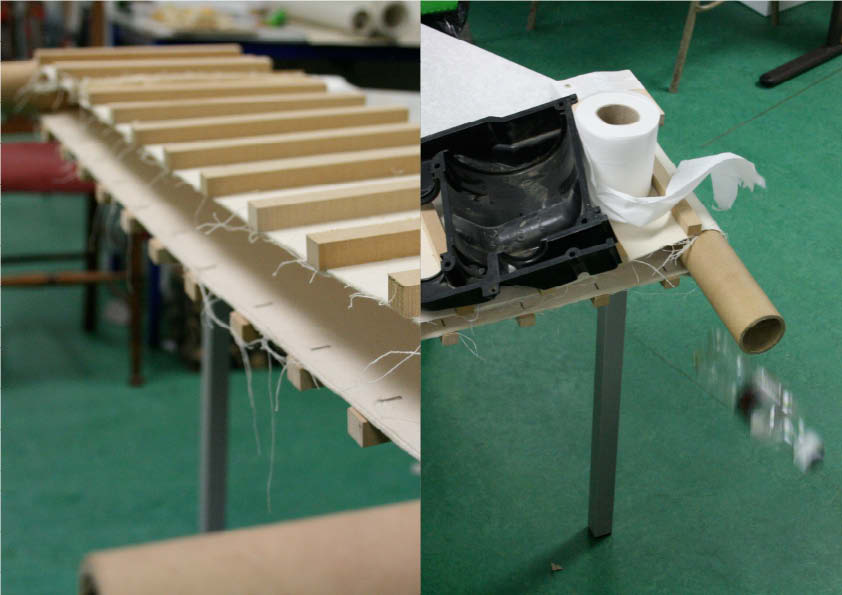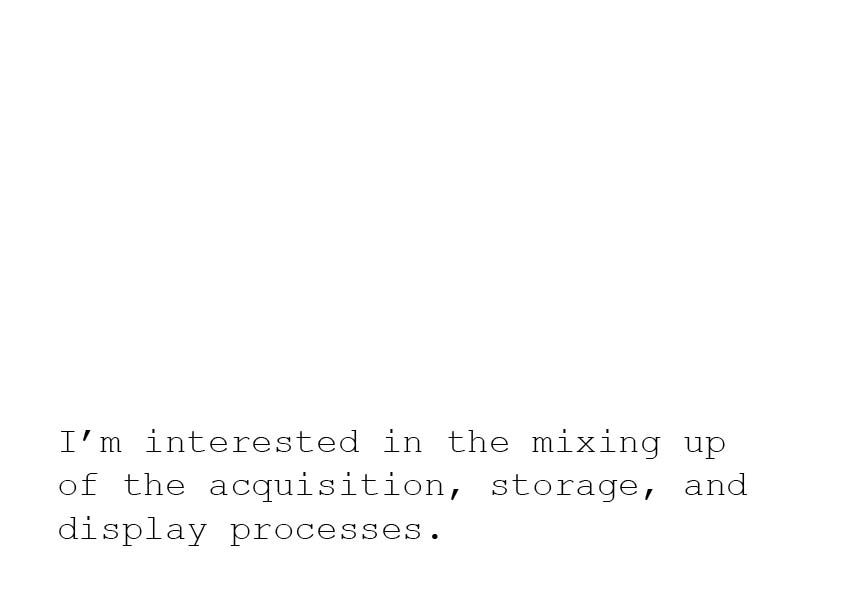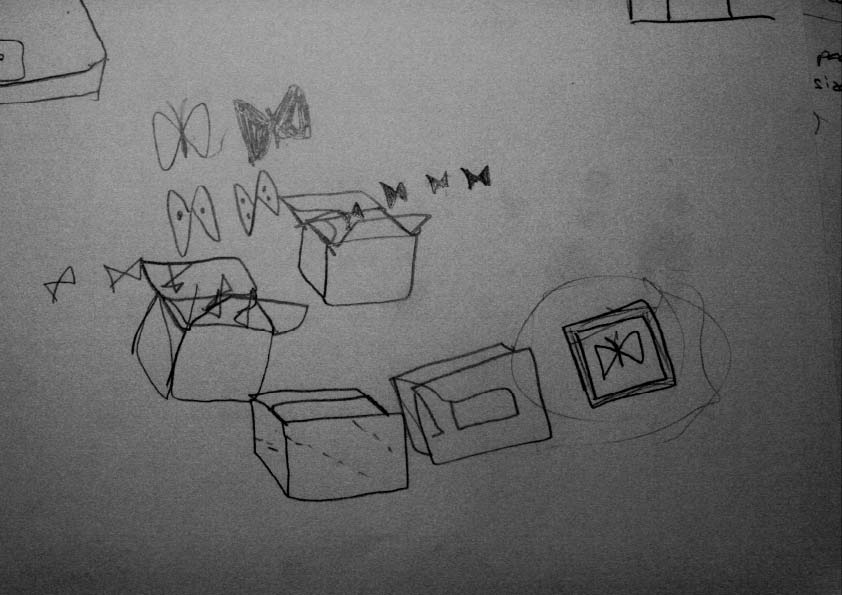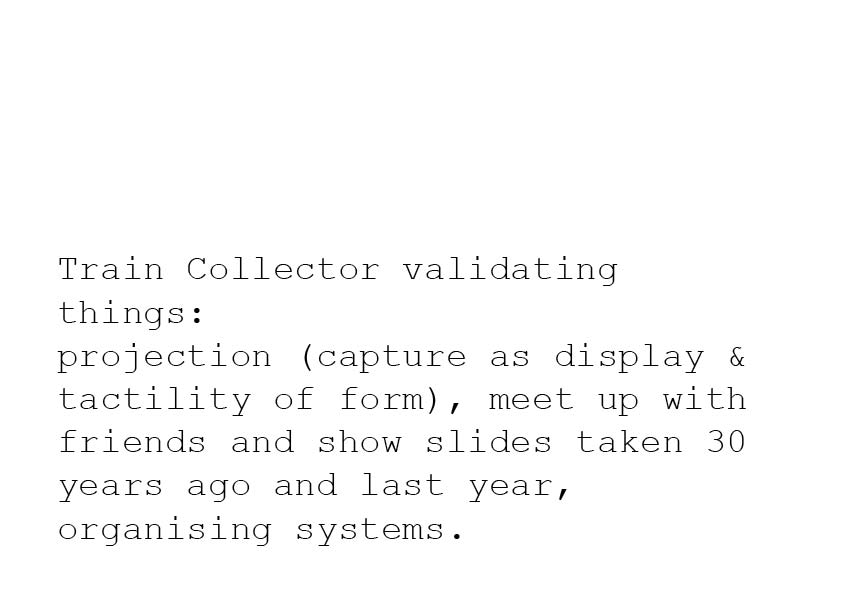Terratories/ Things I Have Made
Had our territories presentations, I presented around collections and accumualting, curation, criteria and frames & boundaries. Here are some of the things I put in that I've been making the past week or so. 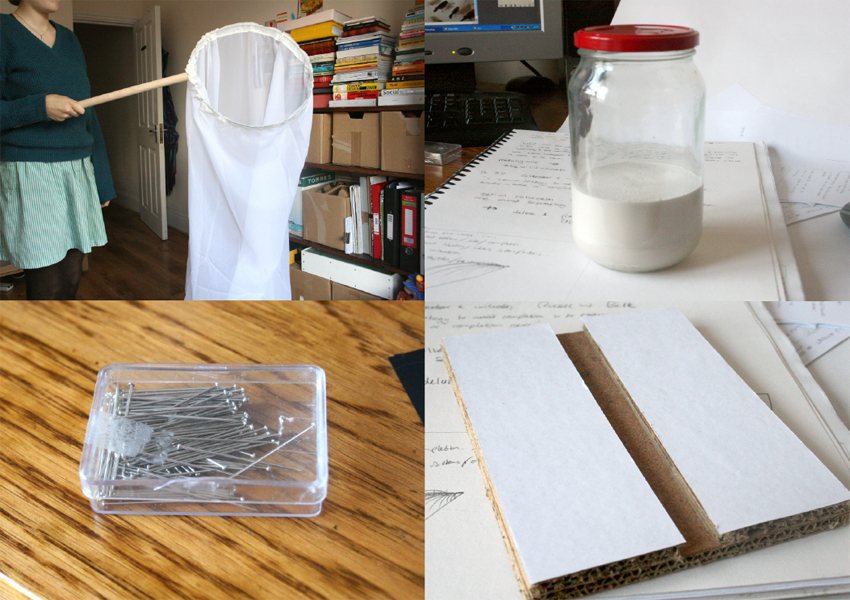 This is the paraphernalia needed to collect, kill, mount and display butterflies and moths. I'm looking at the process with a view to creating some kind of machine that will collect and display in one artifact- perhaps the jar- i like the likeness to taxidermy display glass domes.
This is the paraphernalia needed to collect, kill, mount and display butterflies and moths. I'm looking at the process with a view to creating some kind of machine that will collect and display in one artifact- perhaps the jar- i like the likeness to taxidermy display glass domes. 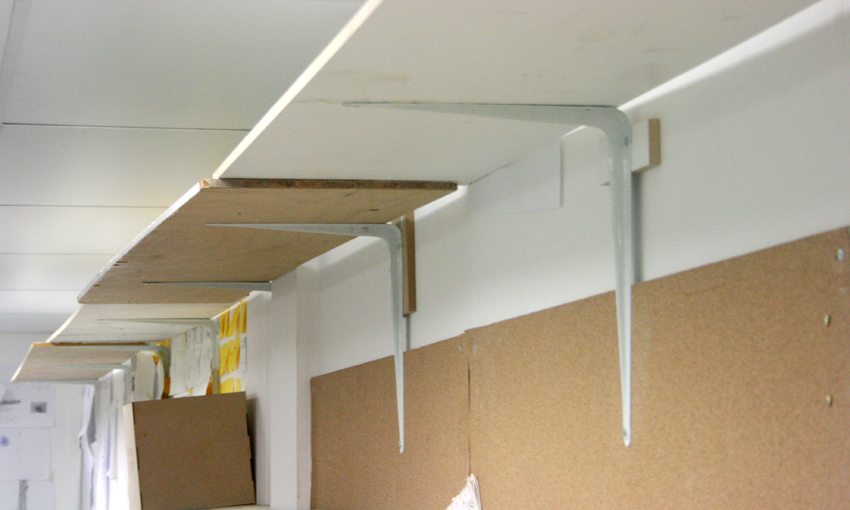 This is a very long shelf, about ten metres, in the studio. I created it as a space for a collection to occur but one which changes as people move things on and off it. It's just sort of looking at the boundaries for a collection and thinking about seriality in collections. It was directly inspired by the last Russel W. Belk quote from the previous post.
This is a very long shelf, about ten metres, in the studio. I created it as a space for a collection to occur but one which changes as people move things on and off it. It's just sort of looking at the boundaries for a collection and thinking about seriality in collections. It was directly inspired by the last Russel W. Belk quote from the previous post.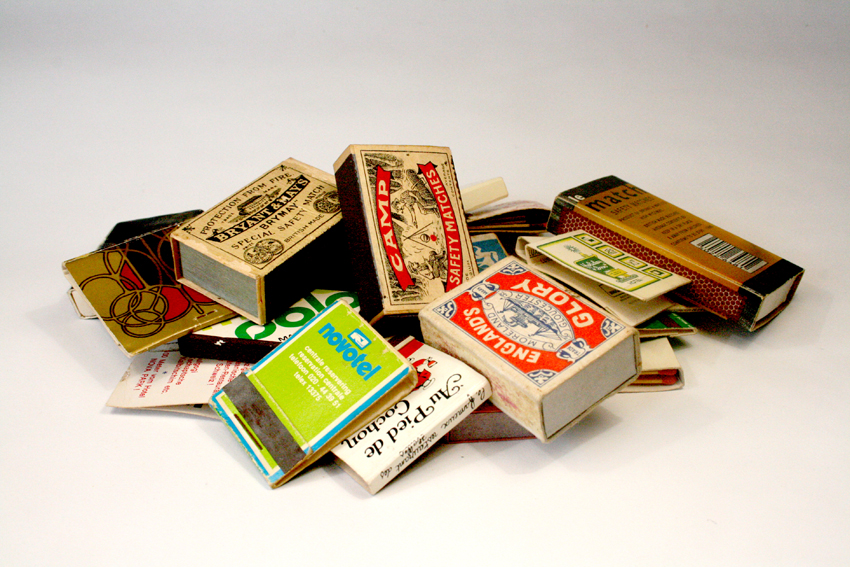 This is a pile of matchboxes. I intend to collect and curate an 'exhibition' a week- I was originally worried about what format this should take, an actual physical display would be too cumbersome and not bounded enough, a website would be forever unfinished and I didn't like that. I settled on a book- hopefully inkjet print when i get a printer and saddle stitched- this gives a consistent format for the curation side of things to be given more scope- i intend to use different labeling and organising systems- mainly to play and use them and get a better understanding of them- I realise the flaws in the actual acquisition of my 'collections' i.e. they are not true collections due to the contrived nature in which they were obtained (these were bought as a set from Deptford Market) but the real purpose is in the curation and indeed of the once a week thing, i will, through repetition be collecting collections.
This is a pile of matchboxes. I intend to collect and curate an 'exhibition' a week- I was originally worried about what format this should take, an actual physical display would be too cumbersome and not bounded enough, a website would be forever unfinished and I didn't like that. I settled on a book- hopefully inkjet print when i get a printer and saddle stitched- this gives a consistent format for the curation side of things to be given more scope- i intend to use different labeling and organising systems- mainly to play and use them and get a better understanding of them- I realise the flaws in the actual acquisition of my 'collections' i.e. they are not true collections due to the contrived nature in which they were obtained (these were bought as a set from Deptford Market) but the real purpose is in the curation and indeed of the once a week thing, i will, through repetition be collecting collections.
Pres
Seriously I'm so behind the times with these posts.
This is from a 4 day project about bringing about an upgrade through decay (like a snake shedding it's skin or muscle tearing to grow stronger.)
These are some pretty pictures of decay- looking at tearing, ripping, and dying things rather than the dead.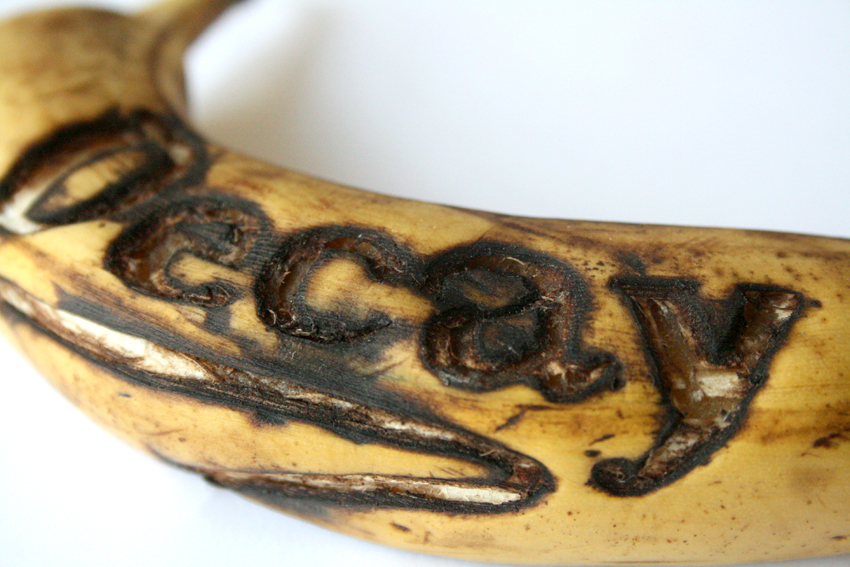
Messing about with time in decay looking at how time plays a part in it.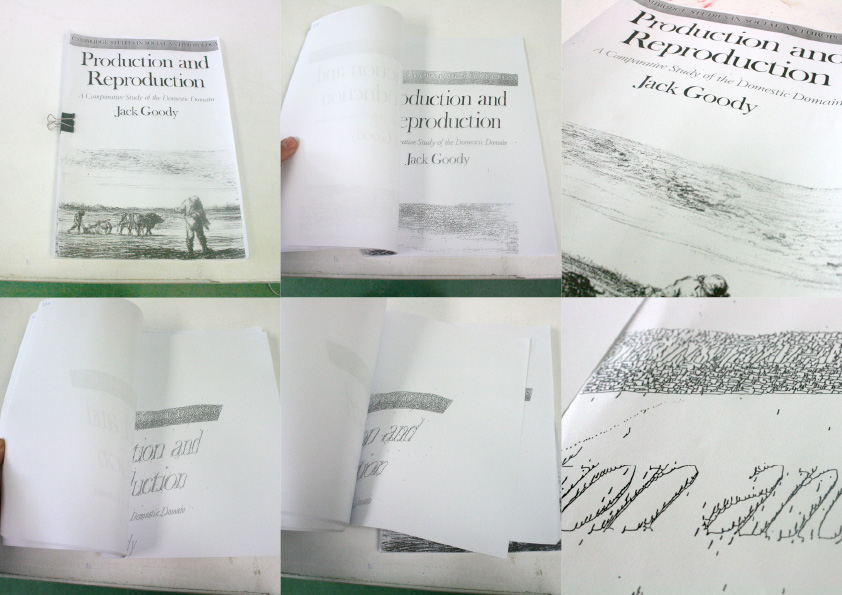
This was an experiment where a book cover was photocopied and then the copy was copied and so on for 150 pages creating a distorted, pixelated version.
These coins were created by leaving in coke for different amounts of time- they followed thinking around the ideas of wholeness and subtraction and asked 'when is an artefact at it's best?'
I created this stamp that would degrade over time to produce a smudge of its former self- this and the photocopies and the inbuilt change and decay in the outcomes produce interesting limited editions and groups.
This is as still from a short animation where the original shapes were copied and then that was copied, similar to the photocopies but more human and much more varied- the interesting part is that when 3 consecutuive frames are placed next to each otehr it is impossible to distinguish the first from the last. The decay is subtle and gradual. Each new variation is a change from the one before and if we accept that decay is change and that, as the saying goes, a change is a holiday (where a holiday is considered an upgrade) then decay = upgrade.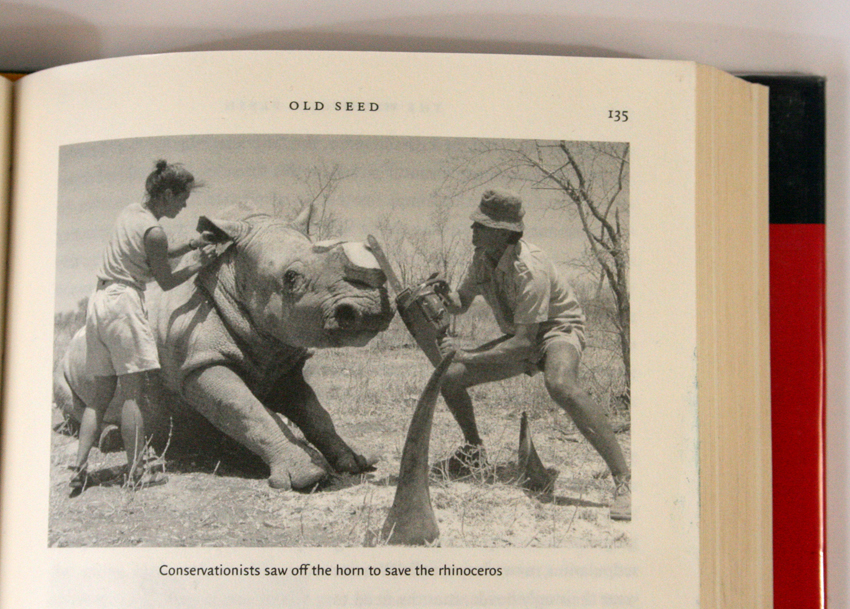
This is an image which hit me hard and fitted the brief well. It speaks of conservation and challenges the perceptions of decay.
Repetition, repetition, repetition. Another 4 day project, this time concerned with accumulation and the effects of repetition. 
These clock represent the start of my interest in collections and collecting- the separatley mundane clocks are brought together on mass to create an engaging collection.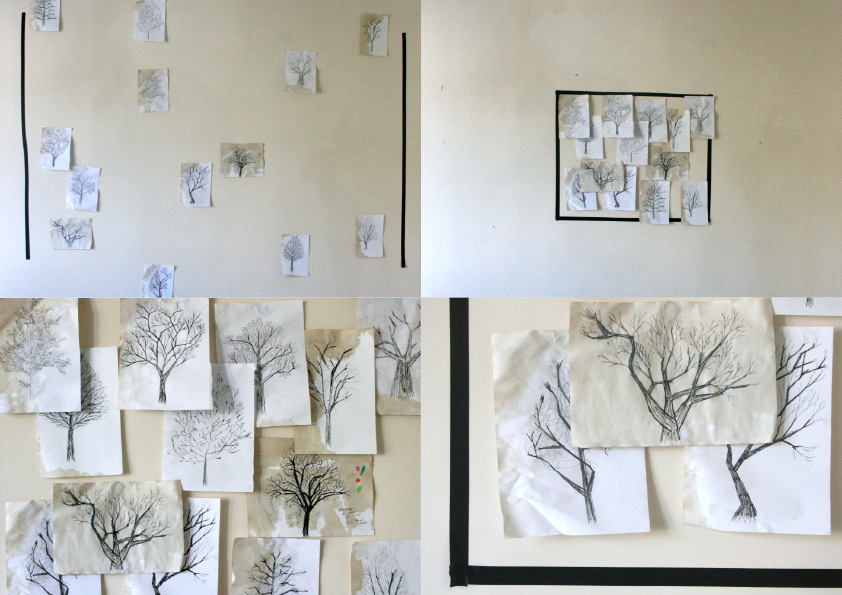
I began to think about how many trees make a forest- separatley there are 15 trees, but when put inside a frame the trees become bounded and layered creating a forest. I began to look at proximity through this aswell.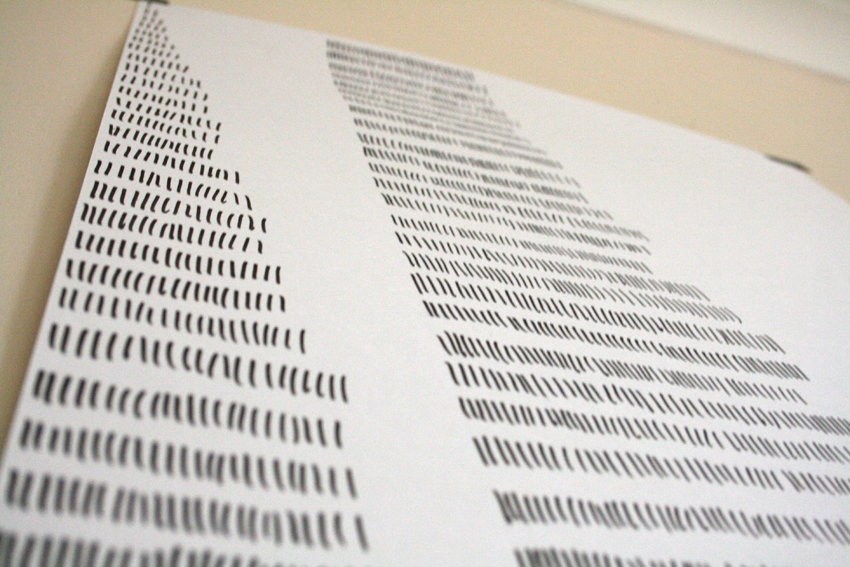
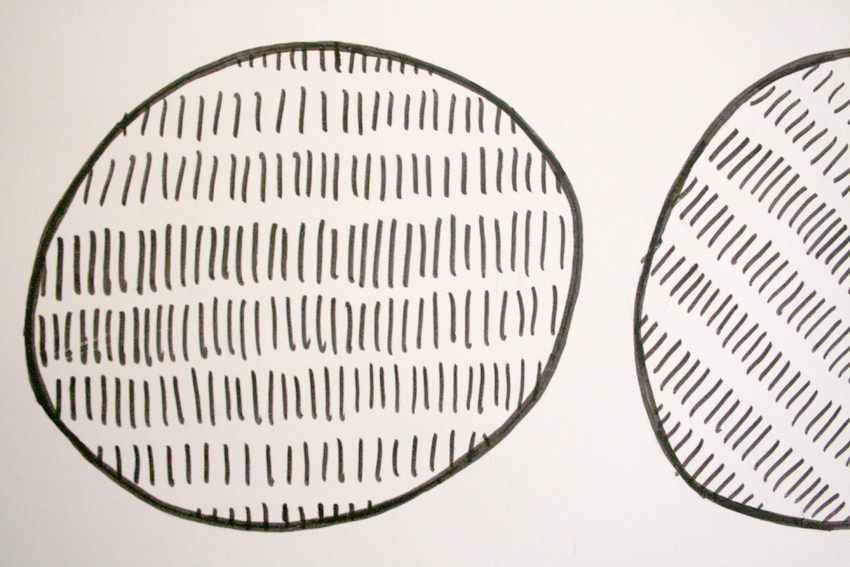
This experiment is concerned with rhythm and pattern, using the most basic form: a black line. I began to put these lines inside frames giving the image a greater pattern like appearance. Maybe the frame or boundary gives it's contents a context in which to be a pattern or collection. 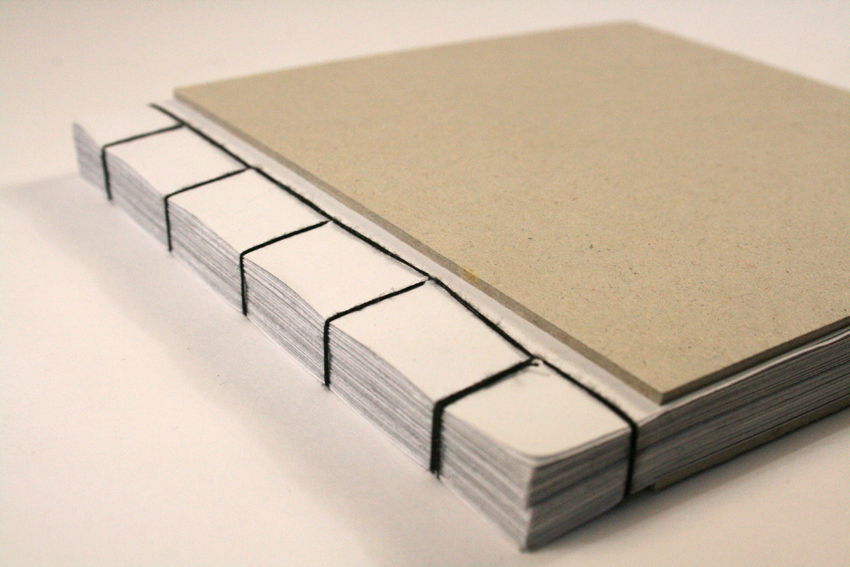



For part of the project I collected photos of house numbers: a seldom appreciated artefact- and created this book which displays them numerically, both as a collection and, due to separate pages, on an individual basis. In this format the numbers can be appreciated singularly and favourites can be concieved.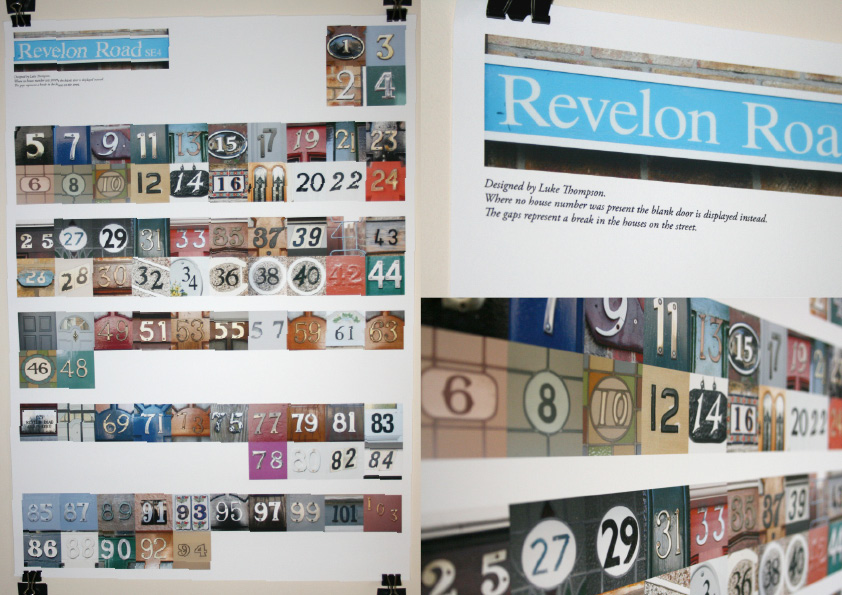
I also displayed them as a poster giving thought to their posisiton on the street in the layout so as to give more context. In the poster the whole group is viewed at the same time, leaving the space for similarities to be recognised- these similarities begin to form small patterns. 
Last Slide.
